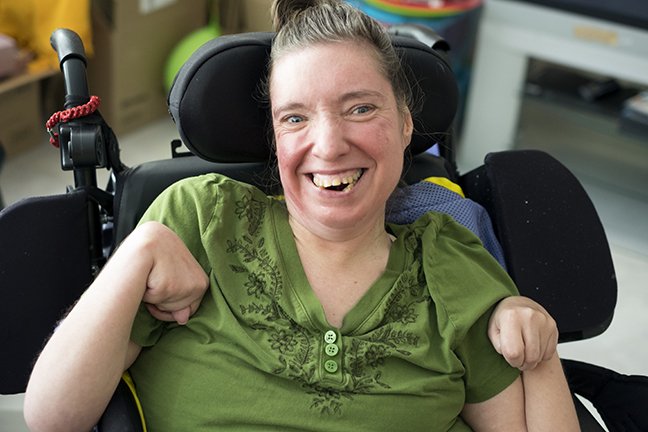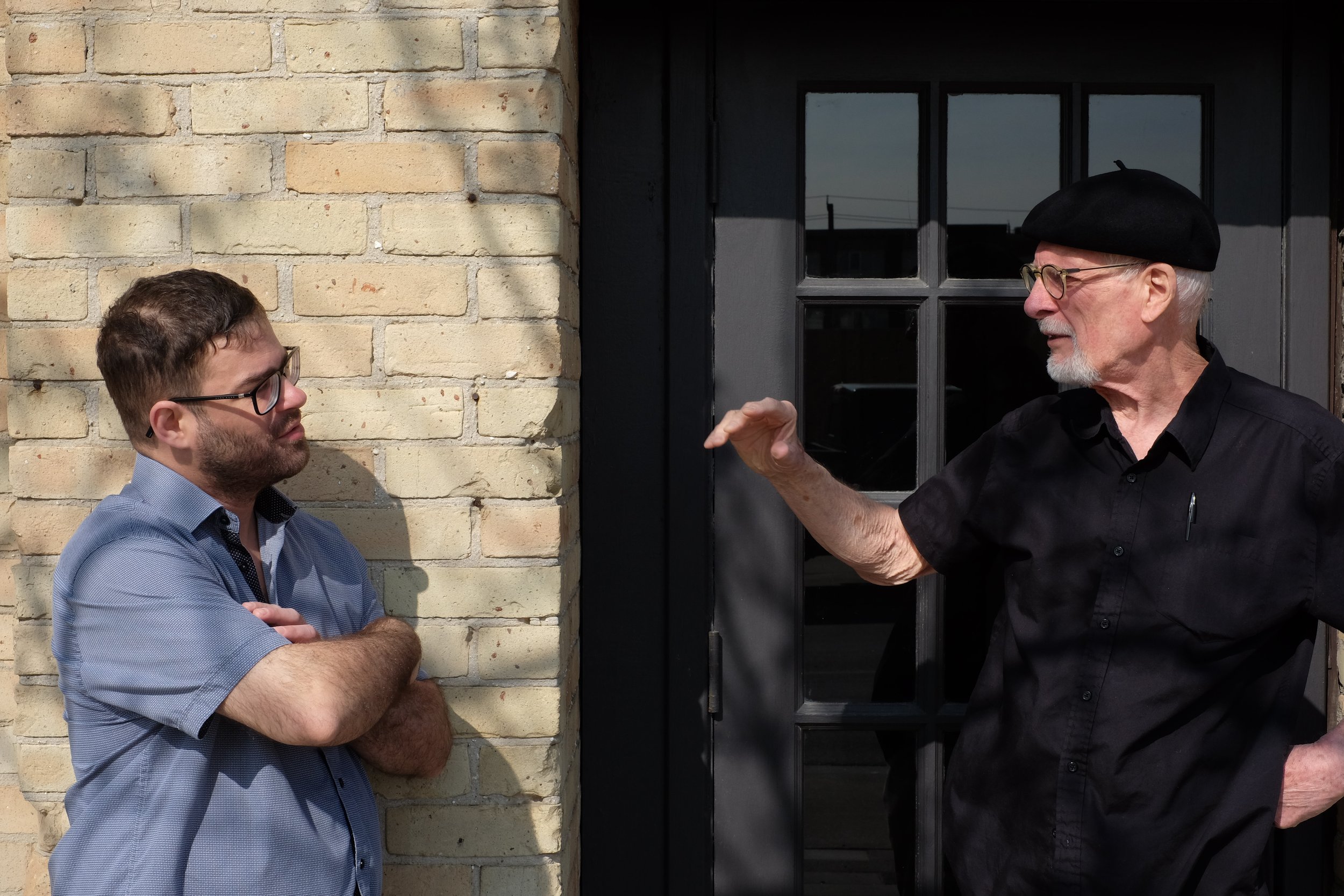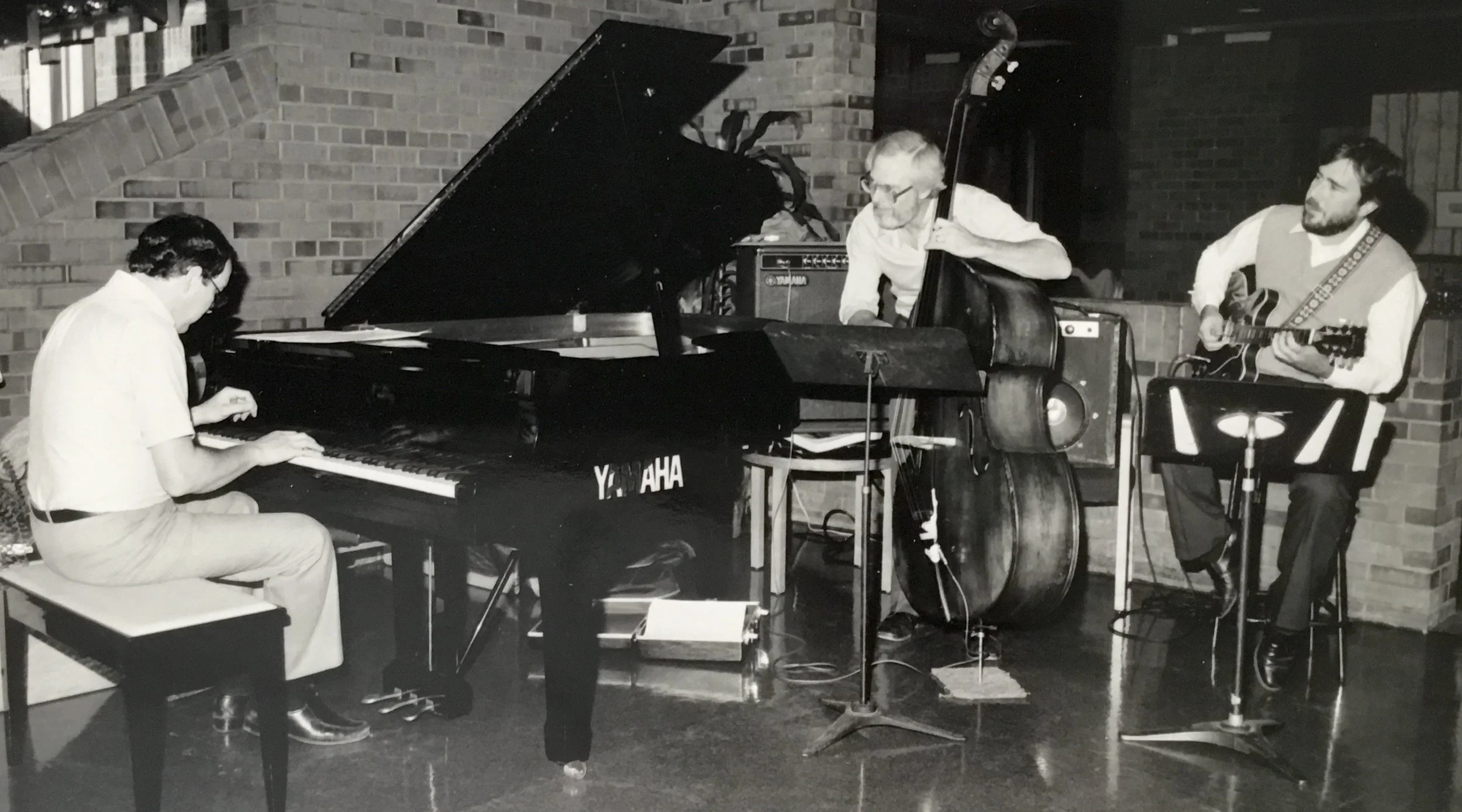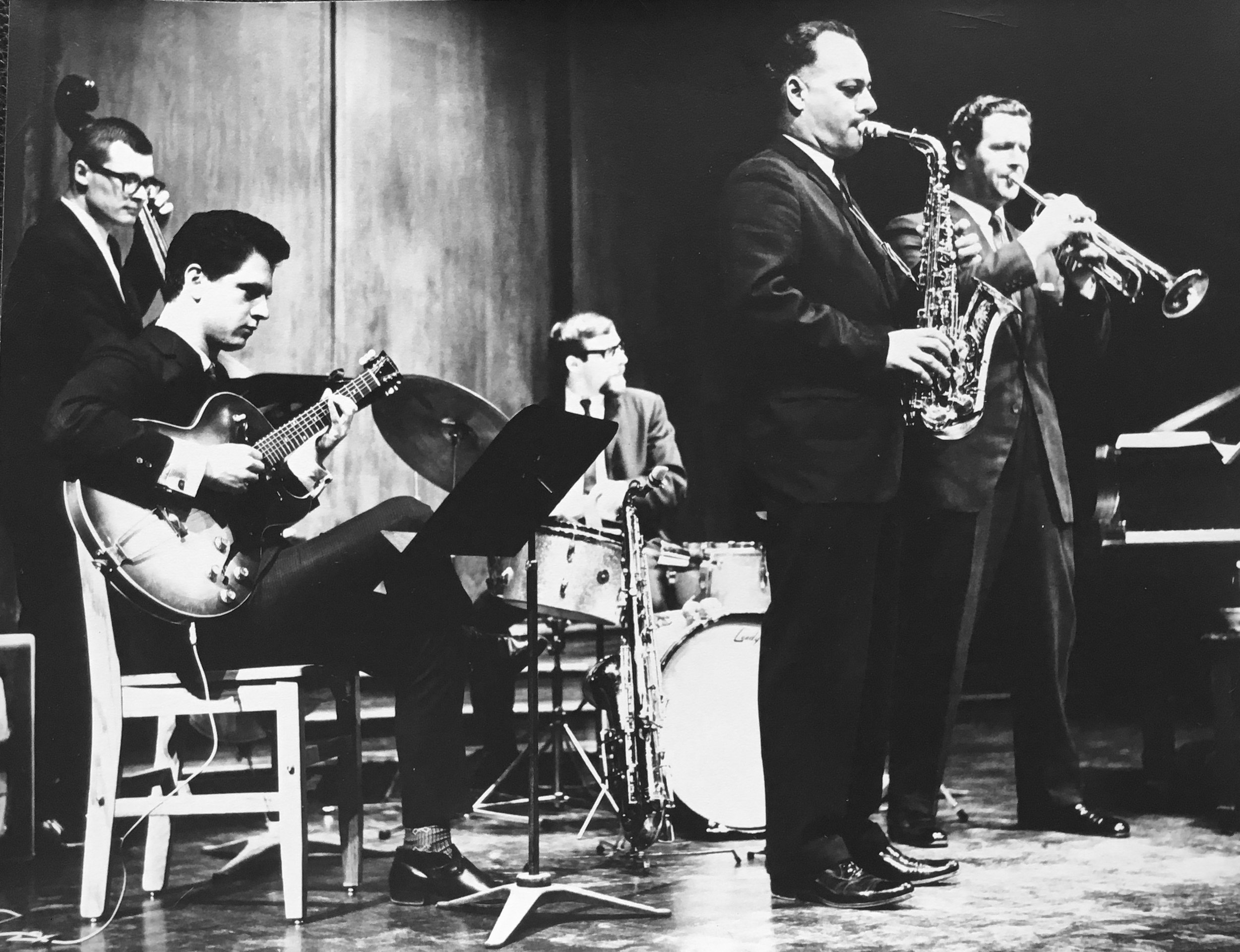DISQUANTIFICATION
There have been two major passions in my life, jazz music and documentary photography. There were some minor passions as well but, for the purpose of this exercise, I will concentrate on the two major ones.
At the age of 21, I purchased a double bass on a whim, from a music store in Hamilton, Ontario for $185. It was prominently displayed in the window, and I was attracted to its woodgrain finish and brass fittings, unaware at the time, that it was of laminated (plywood) construction. I had never played a bass before that day, but soon became attached to it and decided I should take some lessons. I was living in Guelph at the time, and contacted Dave Drew, a Waterloo bassist who had recently studied with the great Ray Brown, to teach me some basics.
There is a popular joke about bassists that I learned many years later, but the joke follows my story perfectly. At my first lesson, Dave taught me a walking bass line for blues in B-flat, a simple, but well-worn introduction to the jazz idiom, that I still quote to this day. I practiced the line for the entire week, several hours a day, even exploring it in alternative keys, applying fingerings discovered in a method book I acquired at Waterloo Music. The following Saturday, at my second lesson, I learned lines based upon the chord changes to ‘I Got Rhythm.’ Between the ‘blues’ and ‘rhythm changes,’ I was soon able to play along with a good percentage of the jazz repertoire. Each Saturday, with blistered fingers, I continued to add to my expanding bank of knowledge, proving my talents to Dave as I reached each new plateau. After six weeks, Dave asked me whether I felt confident enough to play the bass parts for the musical, ‘L’il Abner.’ Of course, I said yes, and was immediately booked for a six-night gig at WLU (then Waterloo Lutheran University) as part of their purple and gold revue. It was 1963, the same week as Kennedy’s assassination. The bass parts proved easy for me, and Dave immediately booked me on gigs with a variety of jazz trios at local clubs every weekend for the following Christmas season, including a stint with Trev Bennett’s Big Band on New Year’s Eve. The gigs continued into January and never waned. For some reason, I became a ‘bassist in demand,’ apparently even deserving of some local newspaper publicity.
What I brought to each gig was an ability to play by ear and a flexibility to play different musical styles. It also helped that I was always at the gig ahead of time, appropriately dressed, and was just a general all-around nice guy. Several pianists and drummers referred to me as a ‘natural.’ In 1964, I performed a jazz concert at UW’s Theatre of the Arts leading a quintet under my own name. I had been playing a total of six months; life was good.
In 1965, I joined the Barry Wills Trio. I also attended the Summer Jazz Workshops in Connecticut where I studied with the master himself, Ron Carter, who, at the time was performing with Miles Davis. He instilled in me, a fresh ability to play walking bass lines in new grooves, sometimes allowing more flexible time to spice up the pulse. He also instructed me to always maintain my musical integrity. I was lifted to a loftier plateau when I returned to Waterloo.
‘Curiosity kills the cat,’ is an adage that seems to fit my situation. I have always been curious about the inner workings of things. How does a clock work? What are harmonics and how do they affect the tuning of an instrument? How do chords and scales relate to each other? How do diminished scales work within Dominant 7th chords? My curiosity led me into a labyrinth of mathematical equations and analyses, to an extent that every note I played had to be correct within the parameters I had set out for myself. Believing that I was growing as a player along with each new phase of learning, I continued to be curious. I became a sponge for every new textbook and treatise on jazz and compositional theory, from George Russell’s ‘Lydian Chromatic Concept of Tonal Organization,’ to Dave Liebman’s, ‘A Chromatic Approach to Jazz Harmony and Melody,’ and everything in between. I read, reread, and attempted to apply their methods to my playing.
Continuing with my musical career, I also became interested in documentary photography in the late 1960s and enrolled in the three-year Photographic Arts Program at Conestoga College in 1970. While there, I became obsessed with the theory and techniques of camera exposure, film processing, and printing. I studied Ansel Adam’s ‘Zone System,’ applying the concepts and testing to all my work. Upon graduation, I began a full-time position at UW Environmental Studies Faculty as a photographic technician, a job that morphed into a teaching assignment. On several occasions I was touted by my peers and superiors as an expert, a ‘Master Printer.’ Being a master, I concluded, meant that I should continue to explore and expand my technical skills so I could, when requested, pass my hard-earned wisdom on to others. The UW experience led to a full-time teaching position in Loyalist College’s esteemed Photojournalism Program, where I remained for 28 years before retiring.
I adopted the flute as a second instrument in 2004. My involvement with music and photography continues to this day. It is now, at the age of 79, after surviving 18 months of personal COVID-19 lockdown, that I have finally recognized the folly of my obsessions, and feel compelled to offer my findings to you, the reader, if such a person exists.
My interests as a young musician and photographer were to follow my dreams. As a result of my obsessive curiosity for knowledge and perfection, I was blindly drawn into a chaotic labyrinth of calculations, rules, opinions, expert advice, and belief structures that prevented me from accomplishing my simple goals.
I chose jazz so I could participate in a beautiful art form, to sense the excitement of a music born in the soul and the shared pulse of ensemble playing with like-minded musicians. Money was never the goal, although it became extremely helpful when family came along.
When I chose to pursue documentary photography, it was with a deep-felt desire to right the wrongs of a world gone mad, a planet of bigotry, hatred, violence, religious persecution, environmental rape, and greed. I wanted to propose to readers, through my photographs, a pathway to understand each other, to embrace diversity, and to believe in the human spirit.
To accomplish these goals, I have realized that the dreams have been usurped by my obsessive demands for perfection, by the mathematics and the rules of composition, by the musical theories decided upon by academics, analysts, and scientists, who have long ago lost the gut feeling of the art form they teach. The demands of academic publication and research grants have stripped their souls of the pure joy.
While a college professor of photojournalism for 28 years, I watched as other professors like me, both younger and older, abandoned their own photography, usually within the first couple of years of classroom teaching. Of course, we all had goals of continuing our crafts during the summer breaks and year-long sabbaticals, but somehow that just never materialized.
During the past 18 months, the lockdown time at home has served me well. I’ve written a serious flute solo piece, ‘Solitary Refinement,’ arranged some of my original jazz tunes for various instrumentations, finished a third draft for a novel that has been on the shelf for several years, written, and rewritten, enough new short stories to fill a collection, plus this manifesto of personal awakening, ‘Disquantification.’
The great thing about it all, is that I’ve been practising the double bass, but more so, the flute, and have discovered the wonderful benefits of performing alone, to be free to explore naturally, not through the pages of some treatise, but just for the love of it. There is a new freshness, a freedom, that hasn’t existed since I became obsessed.
If you have made it this far, please consider the following:
Beware of too much knowledge.
Don’t resort to math as an explanation for your art.
Don’t allow theories and technical clutter to confuse your desires.
Keep your life simple.
Keep an open mind.
Listen to music and/or look at photographs.
Finally, Miles Davis was right. “There are no bad notes.”















